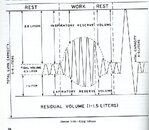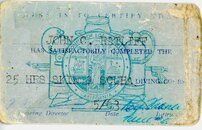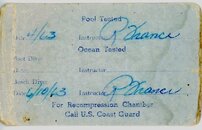The U.S. Navy, at least in 1967 when I went through the U.S. Naval School for Underwater Swimmers at Key West, taught this, but for buoyant ascents. These were simulated submarine escapes.The weight belt should not be dropped in a controlled emergency swimming ascent. If your BCD is working and expanding as you ascent, there is no need for it, and there is no need for the resulting out of control speed. From the depths you are talking about, a CESA can be done easily.
Weight belts are dropped at really serious depths or if you are in some doubt about your ability to swim to the surface, perhaps because of injury or illness (like feeling you've had a heart attack).
When I passed my instructor exam, we were specifically told by the examiner that even though the language of the CESA calling for a "normal ascent rate" suggests no more than 60 FPM, in a real situation, an OOA diver is likely to go faster than that, and that is OK. We were told not to be too anal about that ascent rate. (If I were practicing this on my own, I would not do it too fast.)
The biggest danger is holding your breath. You MUST exhale all the way to the surface. People who are concerned about their ability to exhale all the way, especially if they have just exhaled, should understand that for submarine escapes, the Navy teaches to exhale fully before beginning the ascent, and then continue to exhale the expanding air as you go. This has been done from 300 feet.
I never practice this because it is so easy. Just remember to exhale while you ascend.
I have simulated a CESA from 75 feet by starting in the deep end of the pool (16 feet, as it was a platform diving pool) and swimming horizontally. It works, and even from 16 feet there is some expansion during this ascent.
I’ve also had an occasion in 1975 during a series of working dives, to actually get OOA, and stayed down buddy breathing to get a few more photos and use up the last of the 36 frames (Nikonos II film camera), then do an CESA to the boat from about 35 feet in Yaquina Bay. It was not a problem.
SeaRat






